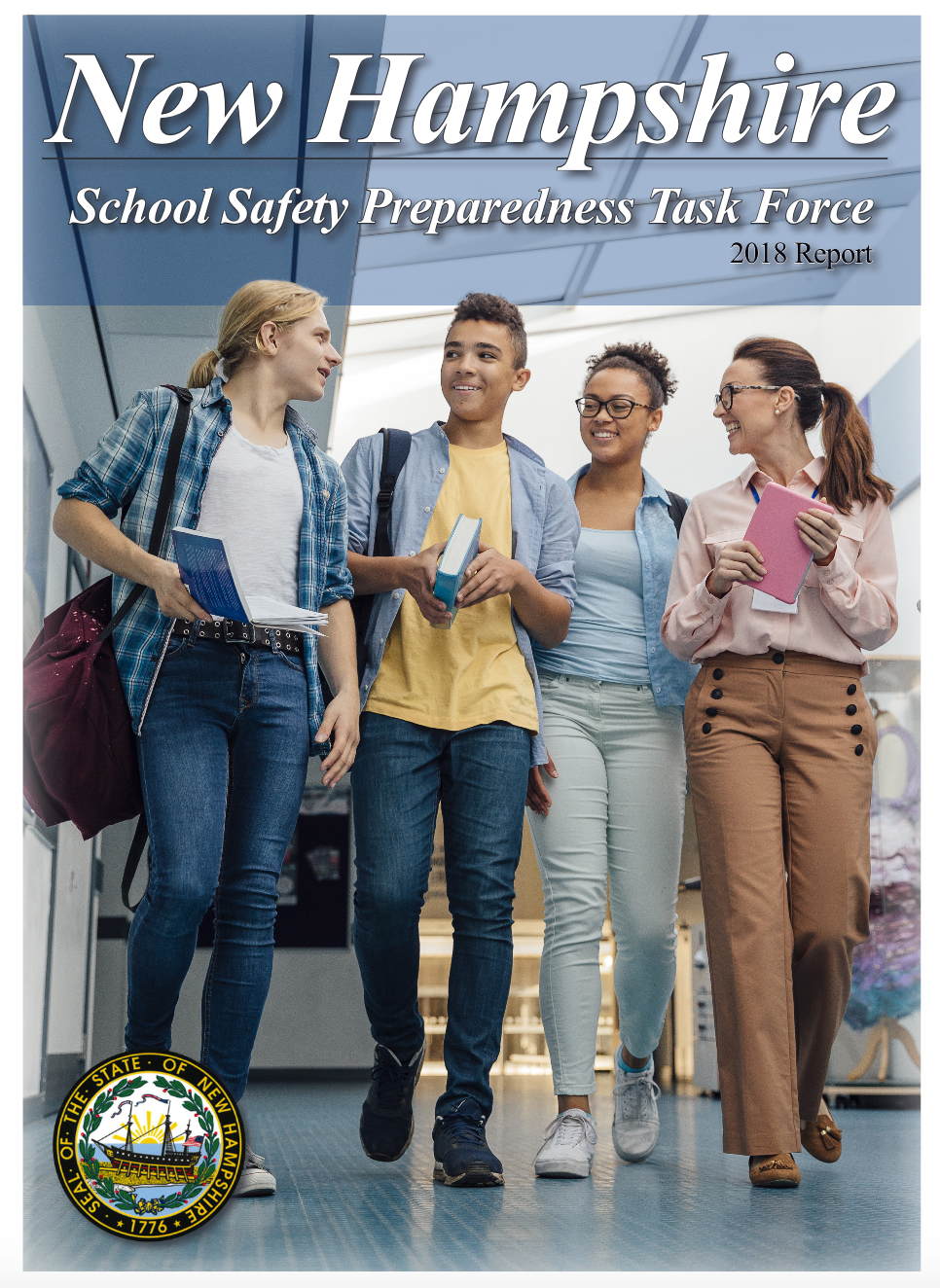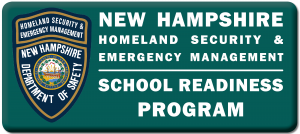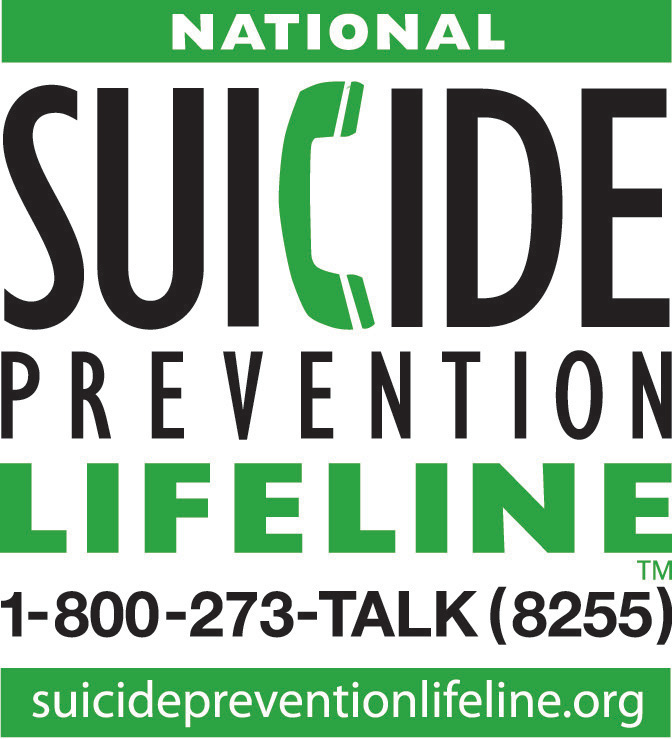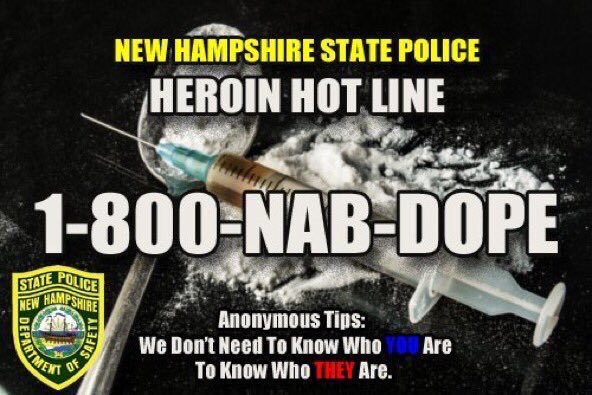Recommendation 26: All staff and students should receive training on a school’s emergency operations plan on a regular basis to ensure staff and students have a clear understanding of roles and responsibilities. Changes and adaptations to the plan should be made as gaps and weaknesses are identified.
Category: Task Force
The task force report was drafted by the School Safety Preparedness Task Force established by Governor Christopher T. Sununu in March of 2018. The Task Force was charged with the consultation of subject matter experts and members of the public to find areas of agreement regarding steps that move the State forward in improving the safety of New Hampshire’s students while maintaining and improving the core purpose of educational institutions. This section provides updates on the 59 recommendations from the 2018 Task Force Report.
Recommendation 27
Recommendation 27: School staff should receive a level of Incident Command System training appropriate for their level of interaction with first responders during an event (e.g., teachers may take only IS-100.SCA, Introduction to the Incident Command System for Schools, while administrators would take IS-100.SCA and IS-362.A, Multi-Hazard Emergency Planning for Schools, etc.). NOTE: FEMA discontinued …
Recommendation 28
Recommendation 28: School staff who will perform in a leadership role during an incident should be trained in the predetermined emergency response actions so they know what steps first responders will be taking upon notification of the incident and how to best coordinate efforts with those first responders as they arrive on scene.
Recommendation 29
Recommendation 29: Develop a training program for current and future school administrators to receive training in school emergency management and participate in practical exercises. New school administrators should receive this training prior to assuming their new role.
Recommendation 30
Recommendation 30: Increase warm zone EMS training for first responders, including fire, EMS, and law enforcement to enhance the ability of all responding entities to work together, ensuring a seamless and safe response.
Recommendation 31
Recommendation 31: Where resources allow, each school should have a school resource officer that does not perform other non-school related duties and for which a suitable replacement is available when the school resource officer is unavailable or required to be out of the school.
Recommendation 32
Recommendation 32: Develop and implement specialized training for school resource officers in addition to their law enforcement training. Training should focus on unique school issues and its population demographic as well as response to active shooter events.
Recommendation 33
Recommendation 33: Establish a study group to examine the feasibility and/or implementation of a School Marshal Program.
Recommendation 34
Recommendation 34: Each school should exercise its emergency operations plan on a regular basis to ensure staff and students have a clear understanding of roles and responsibilities. Changes and adaptations to the plan should be made as gaps and weaknesses are identified.
Recommendation 35
Recommendation 35: Each school should exercise its active shooter functional annex on a regular basis to ensure staff and students have a clear understanding of roles and responsibilities. Changes and adaptations to the plan should be made as gaps and weaknesses are identified.







